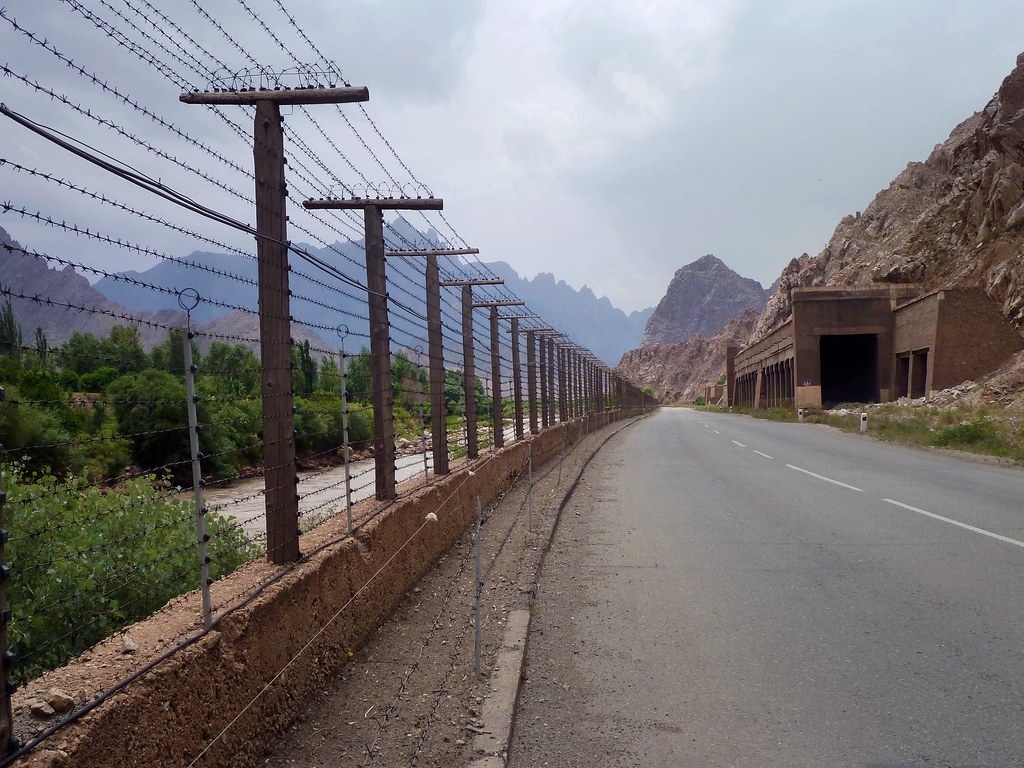
Large-scale aerial strikes between Iran and Israel have been ongoing since June 13, taking place in close proximity to Armenia. Iran has entered a new phase of military operations, signaling potentially difficult days ahead—not only for Iran but for the broader region. The key question at this moment is: how dangerous is this escalation for the region, and what consequences could it have for Armenia?
Following the Iran–Israel attacks, it is worth noting that these developments once again demonstrate that the current international order is increasingly shaped by the use of force, with few effective deterrence mechanisms in place. This trend has been visible for years, and it is not confined to this region. Israel is not the only state resorting to military force to address its geopolitical concerns; similar patterns have emerged in Eastern Europe and the South Caucasus—as seen in the war in Ukraine and the takeover of Nagorno-Karabakh.
The consequences of the Iran–Israel conflict for the South Caucasus are difficult to predict and will depend on how events unfold. Both Iran and Israel exert indirect influence in the region through their alliances and strategic interests. In the case of Armenia and Azerbaijan, this escalation further complicates an already fragile conflict resolution process. Changing geopolitical calculations are introducing new risks and challenges, including possible military scenarios that may affect the region.
Armenia could become a transit country for conflicting parties
Armenia shares a short 44 km long border with Iran. The strikes on Iran are a few hundred kilometers from the Syunik region of Armenia. One of the immediate concerns for Armenia is the potential movement of people to Armenia to seek refuge. Movements of Iranian residents towards Armenia are already being observed at the border. Currently, there are about 60-80,000 Armenians living in Iran, about half of whom reside in Tehran. Movements of Iranian residents towards Armenia are already being observed at the border.
Another related issue is the presence of the Iranian Azerbaijani community in Syunik province, which borders Iran. While the community is not large, there are long-standing and sensitive dynamics concerning Azerbaijani populations in the region. This situation already raises concerns among Armenian expert circles.
Another concern articulated in the Armenian media landscape is that in the background of the military escalation, the Syunik region will become a target for Azerbaijan and Turkey. As it was mentioned above, Syunik is a bordering region of Iran, and this might be a chance to isolate Iran in that direction as well.
In Yerevan, Iran is viewed as the main if not only actor capable of preventing one of Armenia’s most pressing geopolitical threats: the takeover of the so-called “Zangezur Corridor” by Azerbaijan and Turkey. Currently, Turkey and Azerbaijan are conducting two large-scale joint military exercises in Nakhchivan, which will last a month. Against the backdrop of the Turkish-Azerbaijani so-called "Zangezur Corridor" demand, the unprecedented escalation of the situation around Iran and the accumulation of Turkish-Azerbaijani troops 70 km from Yerevan causes major anxiety in Armenia. Perhaps this is the reason why the Armenian Foreign Ministry's response was not delayed:
“The unilateral attack against Iran is deeply concerning. Taking place ahead of the next round of [U.S.-Iranian] negotiations, it endangers the peace efforts as well as overall regional stability and global peace. We condemn such action and call for the immediate cessation of hostilities and adherence to international law,”added in the statement.
Judging by this statement, Armenia’s statement aligns with Iran’s position on the conflict, likely out of concern for regional stability and its own security. It is in Armenia’s interest that the current strikes do not escalate into a full-scale ground war, which could turn both Armenia and the broader South Caucasus into a battleground.